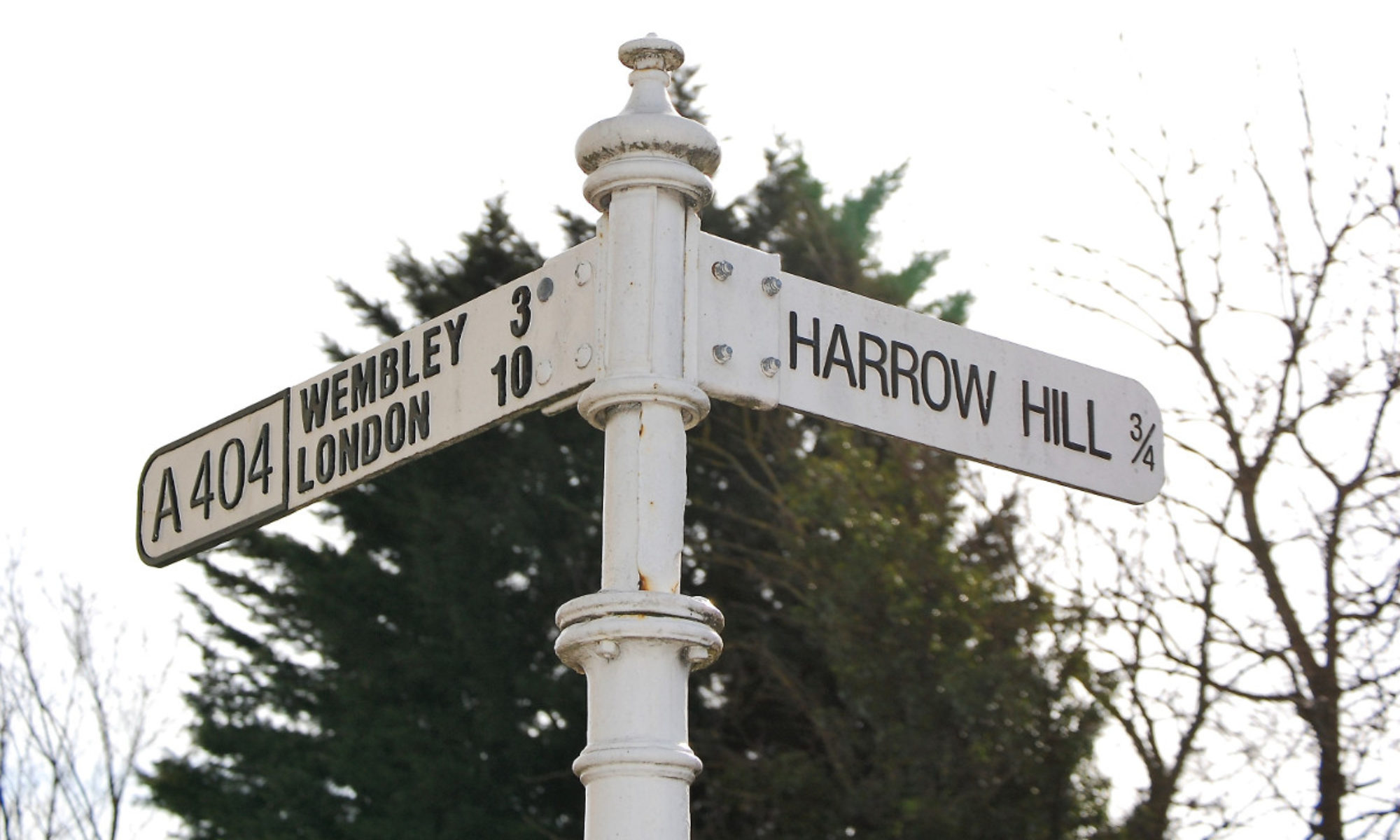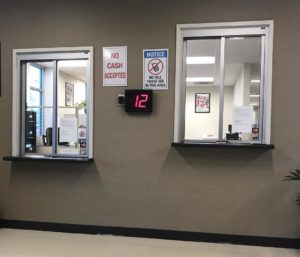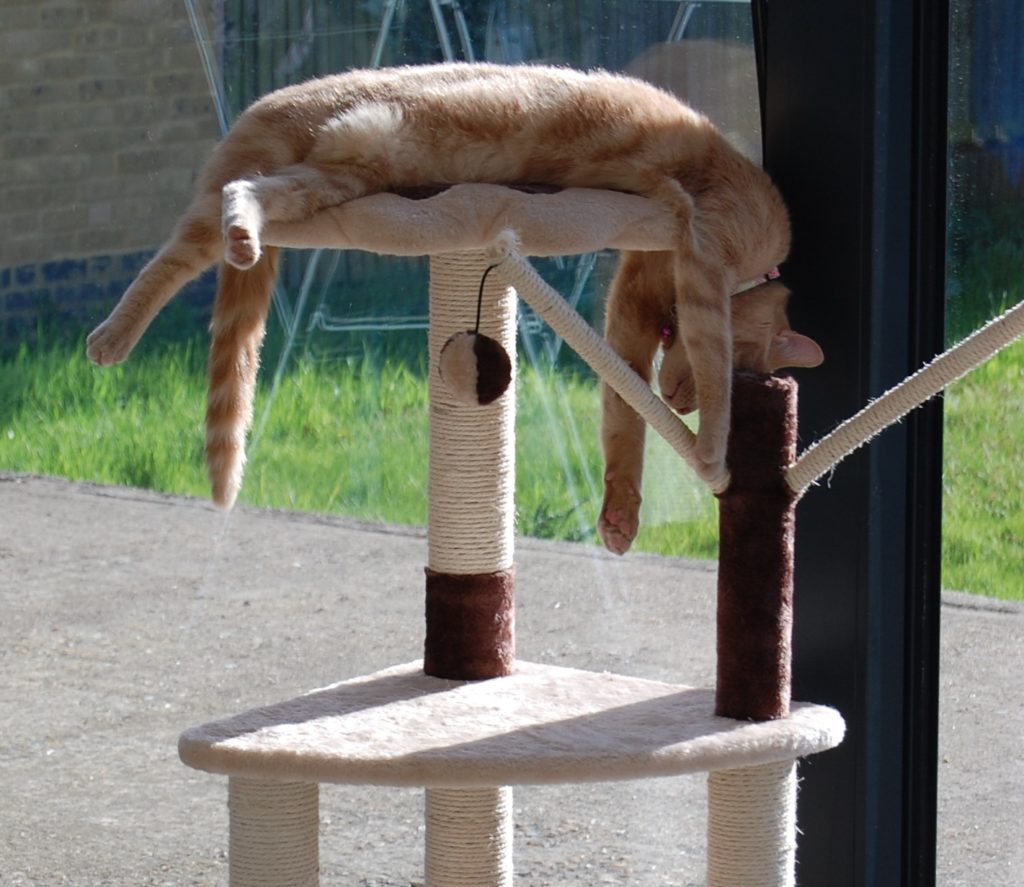One of the first observations I made about living in England versus the US was that it’s an odd mix of things that are better/easier and things that are worse/harder. Americans seem to assume that everything in the US is better, but we can tell you that isn’t true. Sure, some things are great in the US and we miss those things a lot (Mexican food is the first thing that comes to mind, although I think Mexico gets the credit for that). But, there are plenty of things here that we already know we’ll miss when we go home.
Kurt wrote about how great public transportation is, but I have to give it another shout out. It’s just so easy to get almost anywhere you need to go. It’s inexpensive, easy, safe, and clean. It’s not perfect, of course, there are occasional delays, and in the summer, it can be hot and smelly on a crowded tube train. Transport for London regularly reminds passengers to carry water with them on the train, which I also recommend—along with wearing deodorant but not cologne or perfume (please and thank you).
Despite great public transit, we’re looking forward to getting a car, which brings me to the next great thing. If you’ve ever been in the car when I drove around the only roundabout (rotary for New Englanders) I know of in San Diego County, you know how much I love them and loathe drivers who don’t know how to use them (which seems to be the majority of Americans). They’re efficient and they’re everywhere here, and everyone knows how to use them!
Speaking of driving, we’ve observed that drivers here are more courteous than in the US. I find that drivers here tend to be more cooperative than competitive, which seems to be the most popular driving style in the US. Drivers here don’t have an “I own this road” mentality and work together to keep traffic moving. Sure, we’ve seen some crappy driving, but far less than in the states.
We can drive on our US licenses for a year, but then we must have a UK license. I’ve started the process to get one already. I don’t know about other states, but I’m certain the California DMV is one of Dante’s nine circles of hell. I didn’t have to set foot in any such place to get a provisional UK driving license though. I completed an online application and paid a fee. They mailed me the official application to sign and return with a recent passport-style photo and my ID (I had to mail the actual ID, and yes, that made me nervous). Within a few days, I had a provisional driving license and my ID back.
I still have to take both the written (theory) and driving tests to be fully licensed. The theory test covers not just the rules of the road and road signs, it also includes a hazard perception test. The driving test is harder than in the US (the pass rate is much lower, which may explain the better drivers). We both plan to take a couple lessons with an instructor to make sure we pass on the first go. We don’t want to find out how embarrassing it would be to fail.
Air conditioning is another thing we miss. It’s humid here, and almost nothing is air conditioned. Certainly not our house. Although, on the bright side, places that are air conditioned aren’t kept so cold you start looking forward to going back out in the heat to thaw out. They cool it just enough to barely be comfortable. Energy is expensive here, so they don’t waste it.
But, because of that humidity they have towel warmers. A warm towel after a shower is just about the best thing ever. We’re going to miss that for sure.
We’ve had a bank account here for three months and haven’t paid a penny in fees, not even for a supply of checks (cheques). There’s no minimum balance requirement to avoid fees either. In the US it seems banks and credit unions order how things clear to maximize fees. Here, the only overdraft “fee” is the interest charge on the outstanding amount until it’s repaid, which seems fair and if a debit clears before a deposit on the same day, there’s no charge. But, interest rates are much higher than in the US—heart-stoppingly higher. We’ve seen rates from 39% for a store card to 1,349% for a payday loan.
Opening a bank account is much harder though; we spent three hours on the phone and an hour in the branch. Tip for anyone moving to the UK from the US: open a bank account with any bank that has a presence in both countries before you move (HSBC is good one). Electronic banking security in Britain is lightyears ahead of the US, for better and for worse. Better in that our accounts are secure. Worse in that we can’t remember the multitude of codes, keys, PINs, and passwords, and they don’t ask for a full password, they ask for different characters from your password each time you log in.
Cell phones (mobiles) are so much less expensive. We were paying $85 each per month for unlimited calls and texts and six gigs of data. It’s entirely likely we could’ve saved a few bucks if we shopped around, but not as much as we’re saving here. We’re paying about $35 total per month for basically the same service and there’s no contract.
Sales tax (VAT) is included in prices, so you know exactly how much something costs. If it says £10, it’s £10. No more calculating in your head how much 7.65% sales tax is on that $87 item.
But, there are weird things that you can buy almost anywhere in the US that are hard to find here. I wanted to buy a little bottle of isopropyl rubbing alcohol. At home, I could go to any grocery or drug store and spend less than a dollar. Here, I had to order it online and pay almost $5 (it is purposefully made difficult to acquire because desperate alcoholics might drink it). Ammonia was only slightly easier to buy.
Coming from San Diego, we’re used to being able to find a store open somewhere at any time of day. You might drive a little farther and pay a little more, but you can get almost anything at any time. Here, most stores close by five or six and many don’t even open on Sunday, and if they do, they close very early. I see positives and negatives to that, but I do miss the convenience.
I think the biggest thing we miss is just the familiarity of knowing how things work and what to do or who to call if they don’t. Things are just different enough to make everything a little harder; it’s kind of like being a young adult figuring out how to do things for yourself all over again. And, as George Bernard Shaw once said, England and America are two countries divided by a common language.










